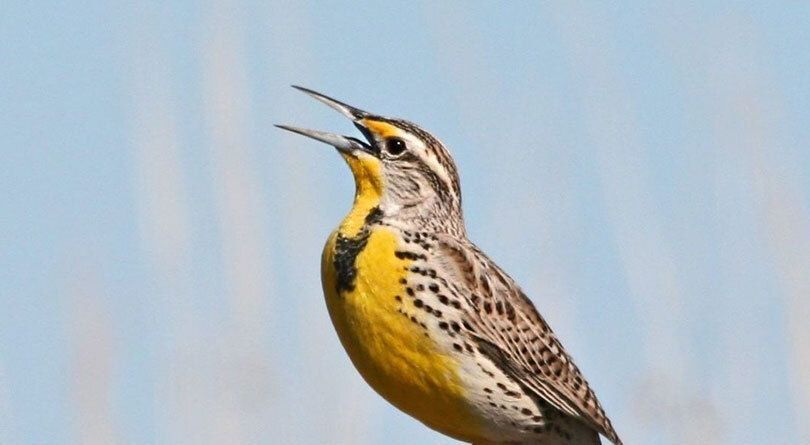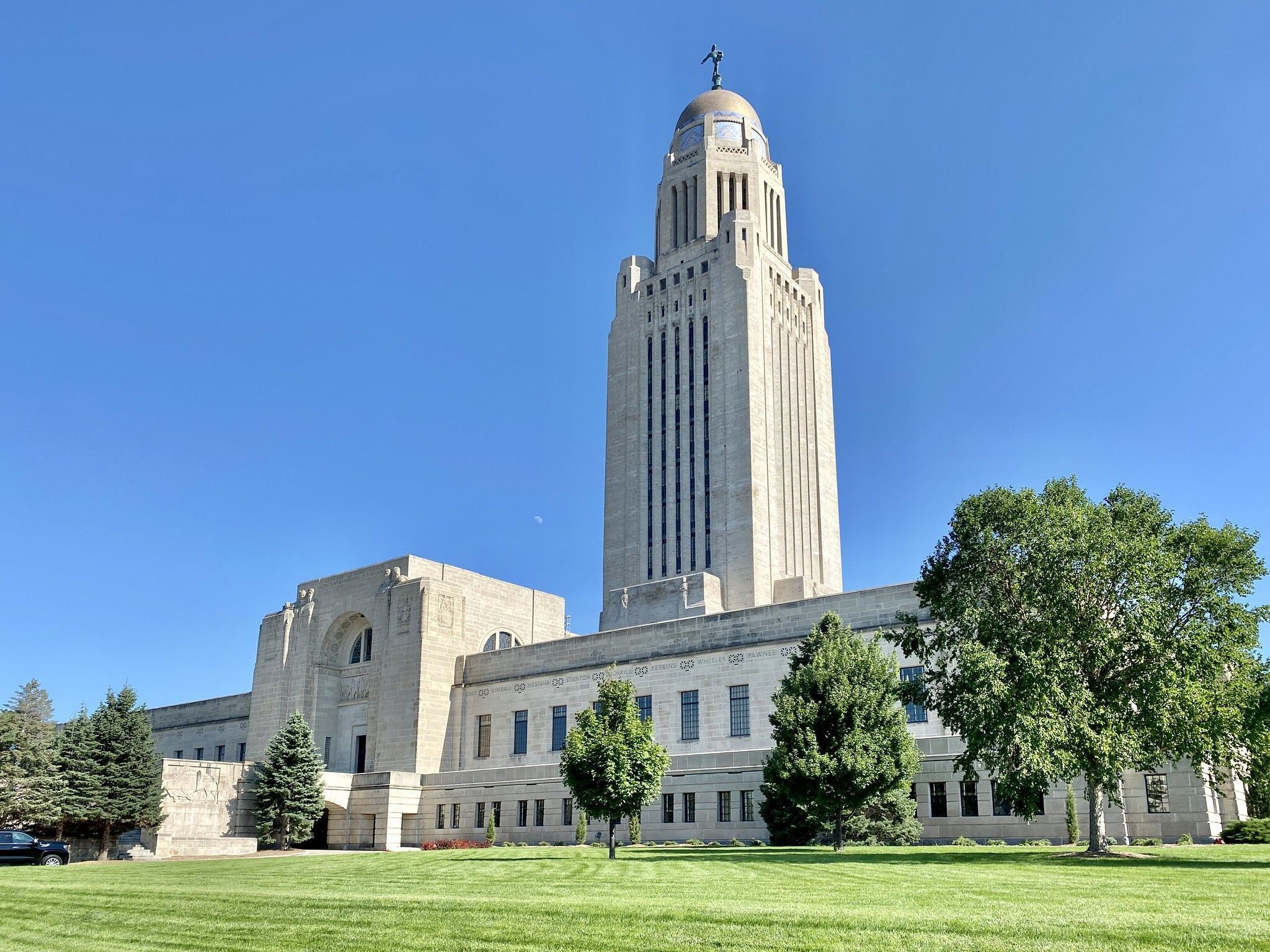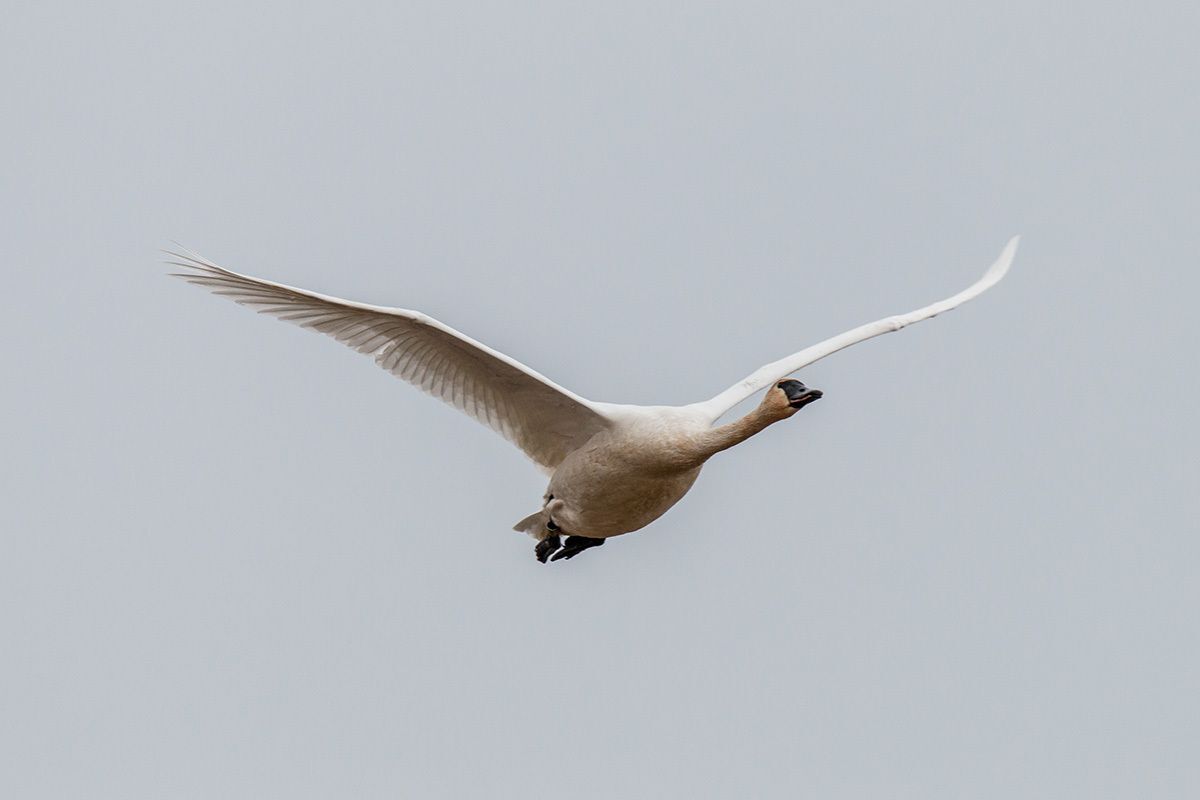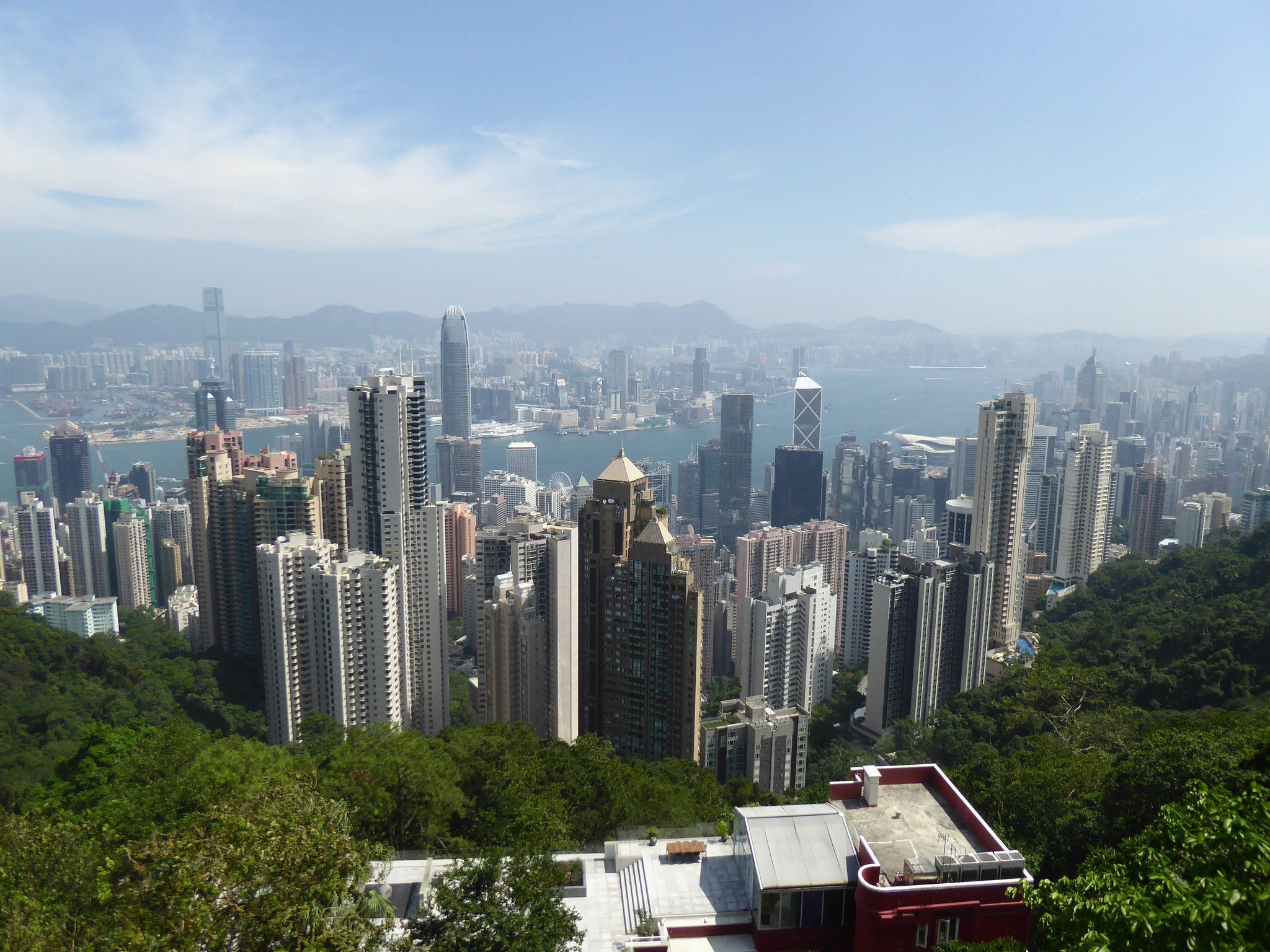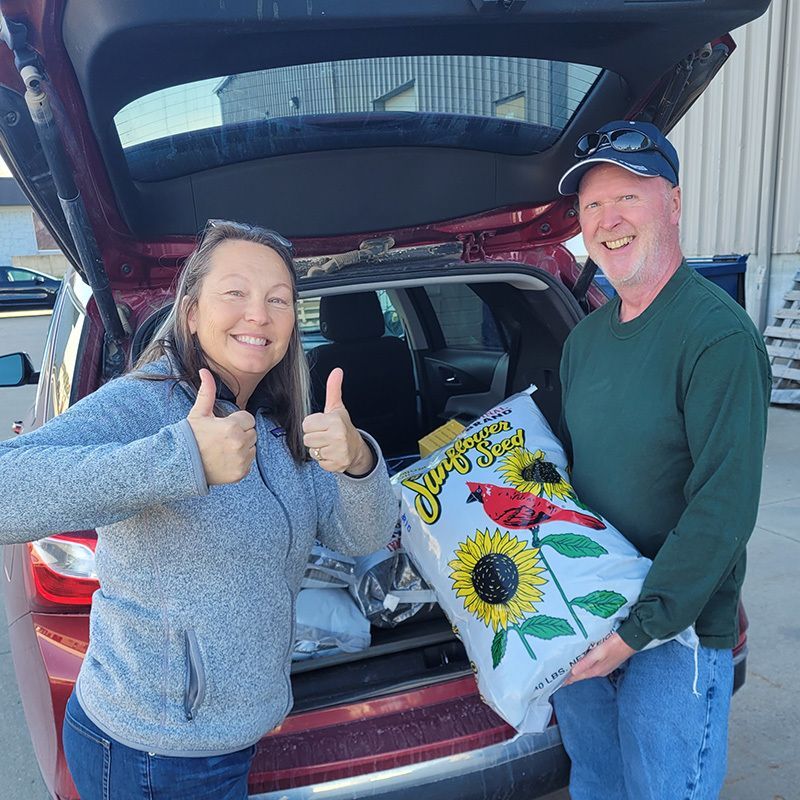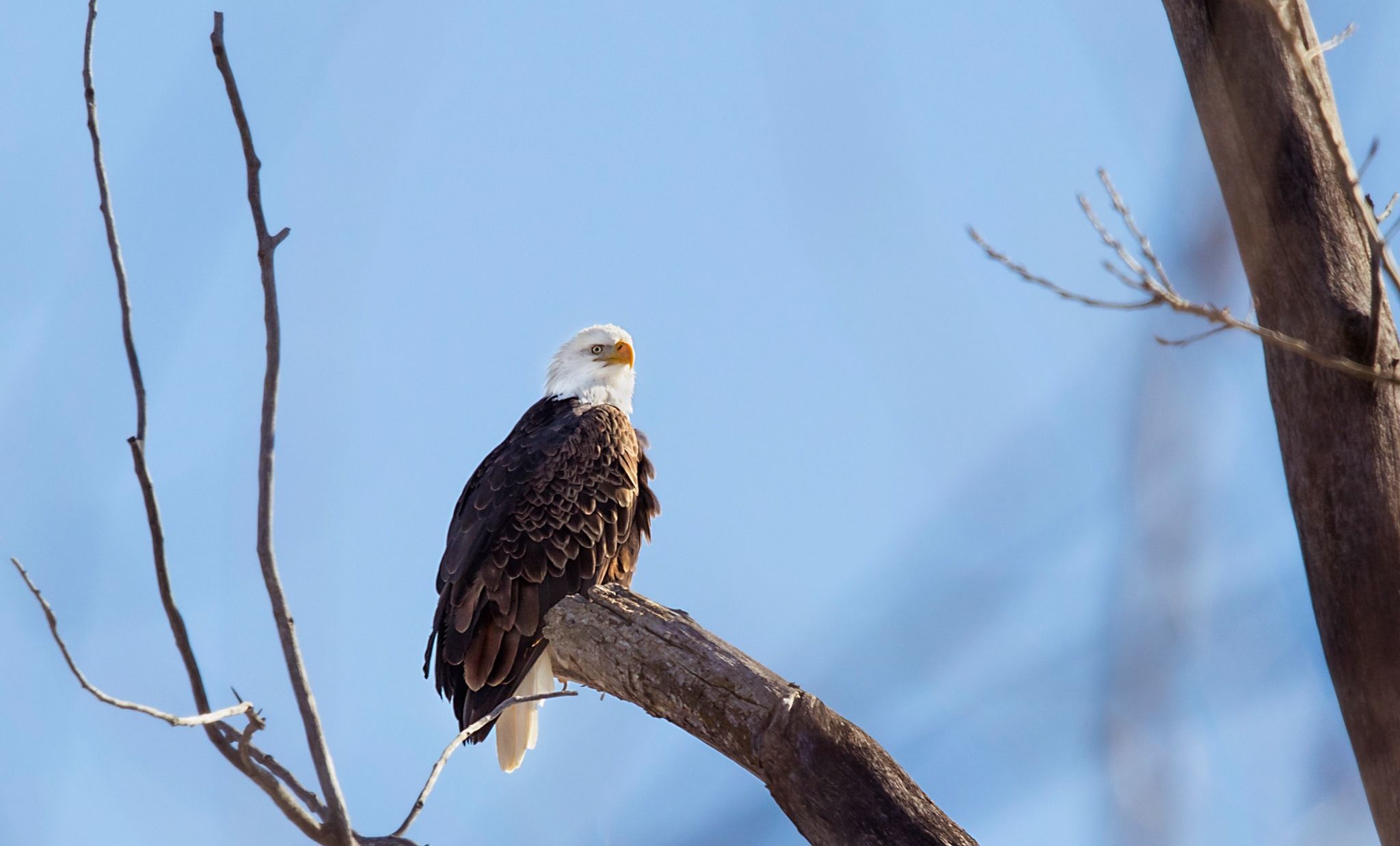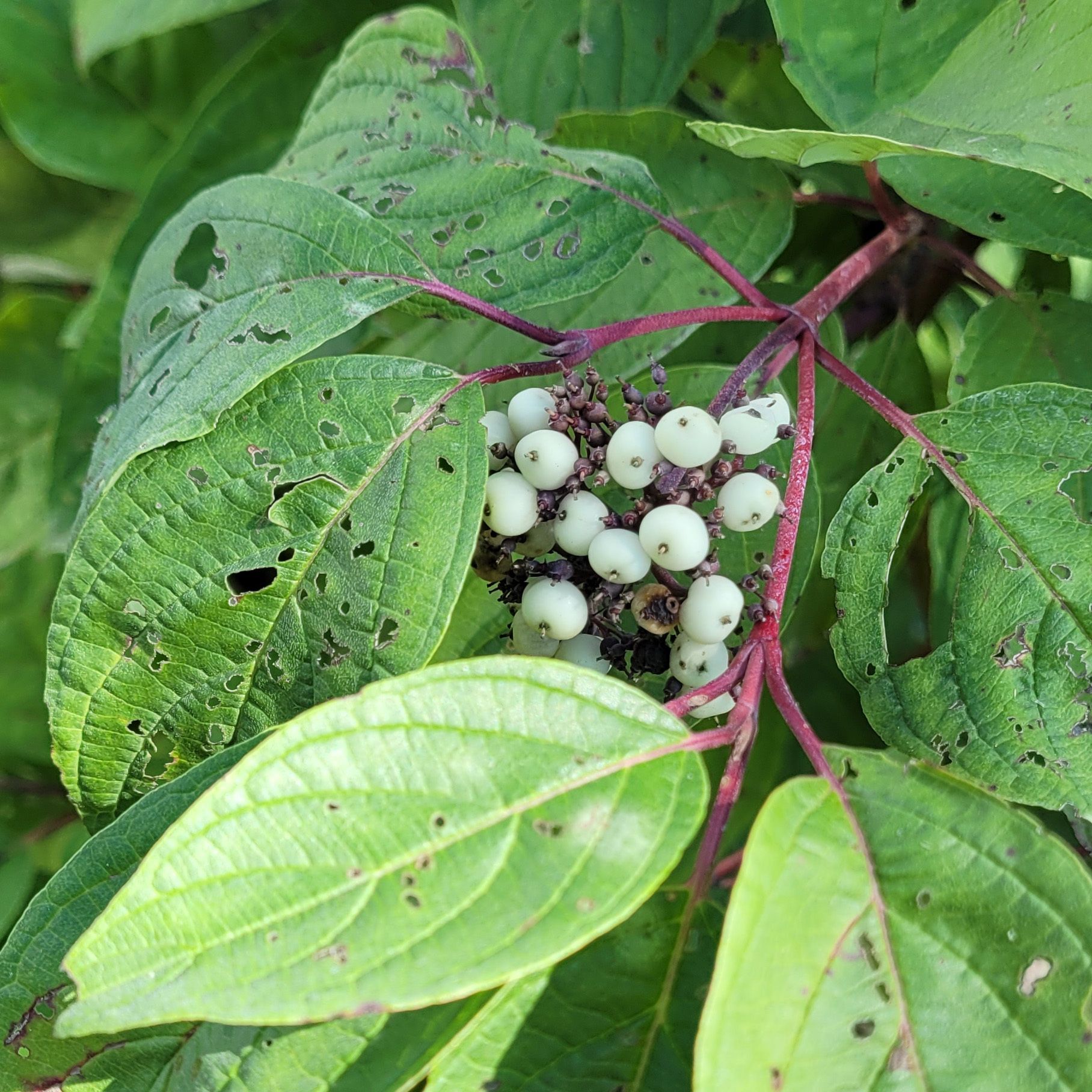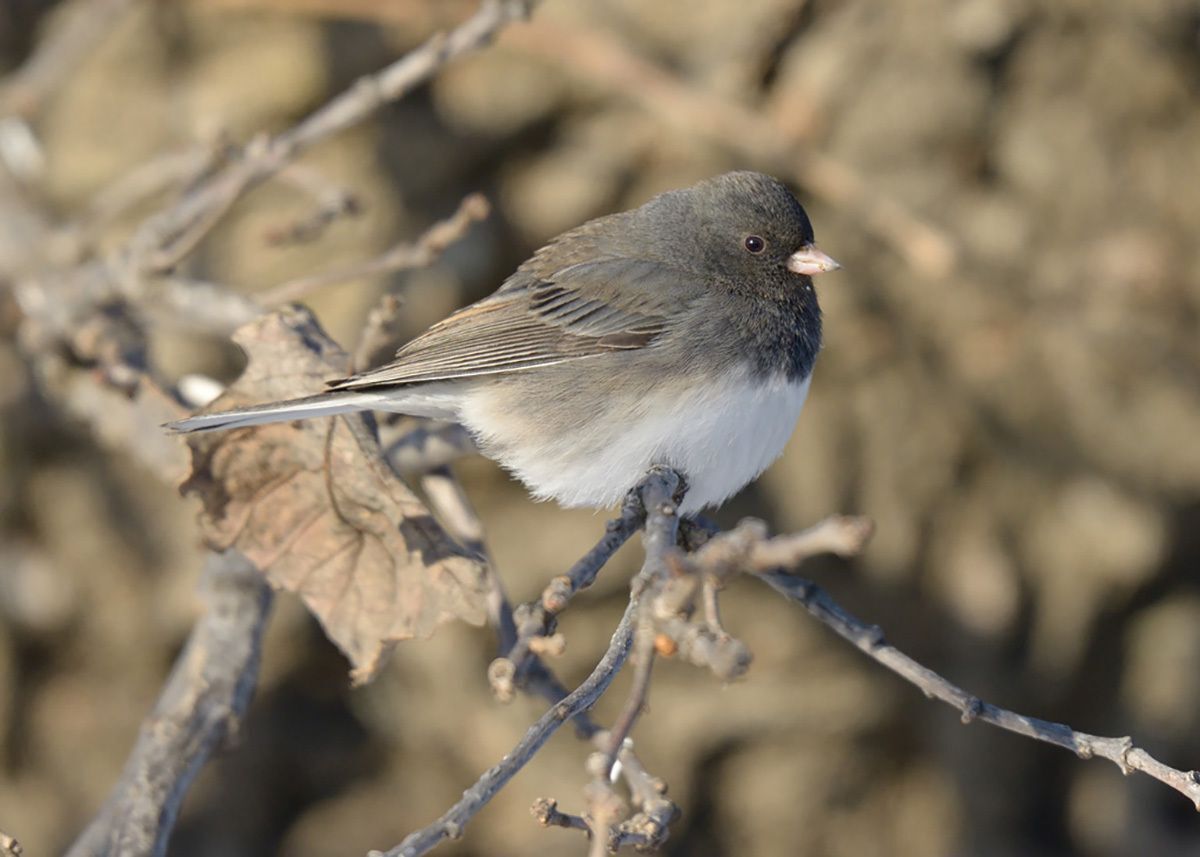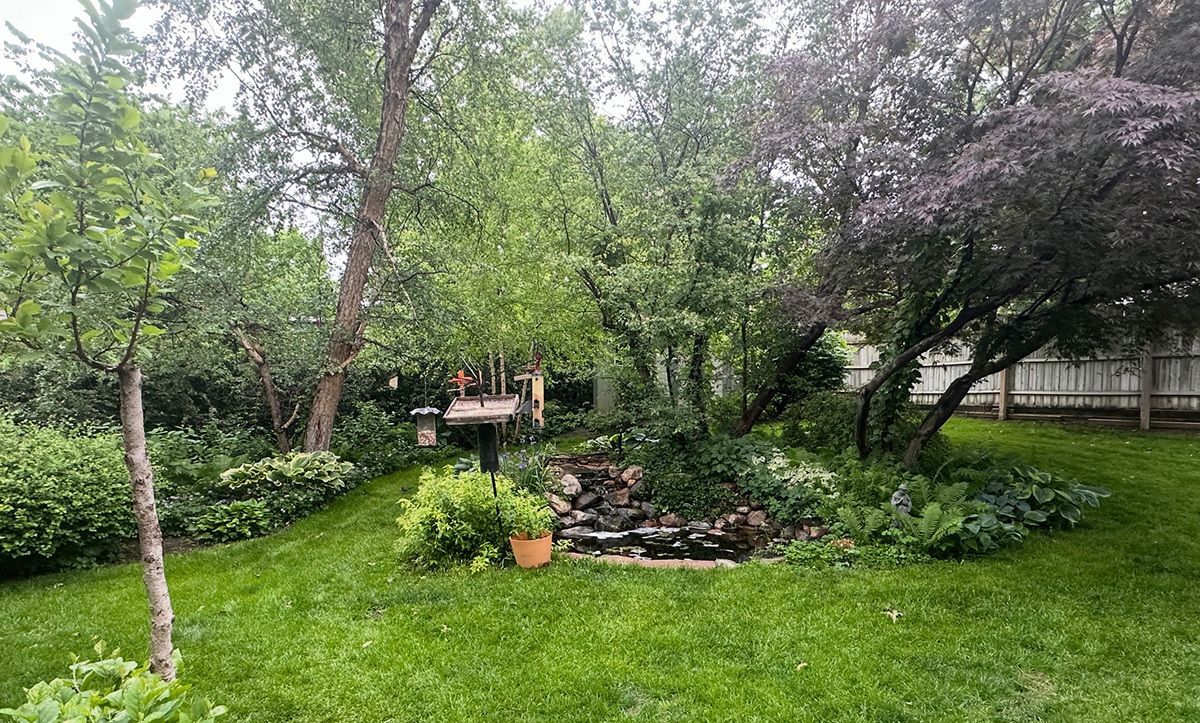ASO News (click on headlines for more info)
Learn about three new bills with potential environmental impacts that could come before the legislature in this session.
Birds are tough, and winter is one of the best times to see them showing their stuff!
Wherever you are in life, you can find ways to help us accomplish ASO's mission — and we're grateful for all our volunteers do for us.
Join us for our social hours and free public programs in January and February to learn about forestry in Hong Kong and Sandhill Crane migration.
Thanks to 263 ASO customers, we raised $18,490 to support local conservation efforts and education! Stay tuned for our 2026 Winter Bird Seed Sale.
Loess Bluffs National Wildlife Refuge will be hosting 46th Annual Eagle Days on Saturday, Dec. 6 from 9 a.m. to 4 p.m. and Sunday, Dec. 7 from 10 a.m. to 4 p.m. The event is free and open to the public.
Leaving your garden be over the fall and winter can help birds find the food they need to survive!
Understanding what birds need in the cold months will help you spot more of them — and know how to help them make it through the winter.
If you missed our Bird-friendly Backyard Tour on July 12, you’re in luck! Phil Swanson, one of our Bird-friendly Backyard hosts, will present an eye-popping photographic visit to his amazing backyard for our free monthly program.
A reflection on the origins and development of the Christmas Bird Count.

